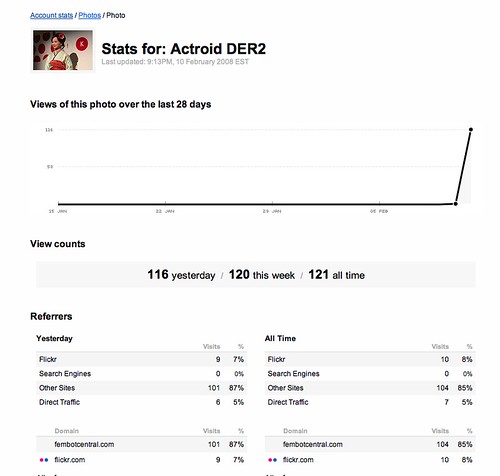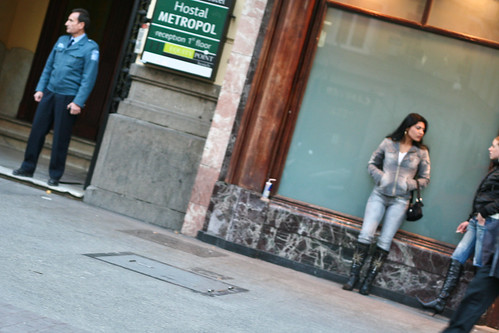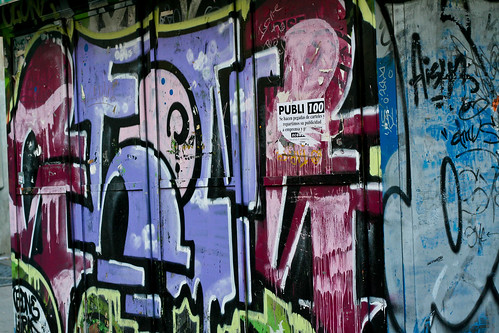A great feature that Flickr added recently was Flickr stats. With it, you can not only see how many views your pictures are getting but you can see how much traffic an individual picture is coming from – and where that traffic is coming from.
On Sunday, I went to the “Japan! Culture + Hyperculture” exhibit at the Kennedy Center. I had seen pictures of the art and robots on Flickr (of course) and wanted to see the exhibit for myself.
The first thing I encountered at the Kennedy Center was the Actroid DER2 robot. She looked like a geisha and was responding in a somewhat lifelike manner to questions posed to her by freaked-out looking kids in the audience. They didn’t know what to make of her, to the amusement of their parents. The robot didn’t always understand the questions and answered with scripted replies. While it was interesting how lifelike she looked (except for the hands), the performance seemed to occupy a space between creepy and lame, IMHO.
I thought these cubes were much cooler. And the robot dog was cute.
Female androids are just not my thing (not that there’s anything wrong with it). But, evidently, they are someone’s thing, as the screen capture below demonstrates:
Flickr stats detail
Traffic for my pic of the Actroid DER2 has gone through the roof thanks to a link from a fembotcentral.com message board. It’s increased from 121 views to 134 in the time it’s taken to write this post.
I thought this pic was a real throw-away kind of shot, like a picture of mannequin. Its bizarre popularity demonstrates two rules of the web.
First, you never know what strange thing is going to be popular.
Second, you can’t predict which odd corner of the internet will send traffic to your site.
Note: By saying “odd corner” or “strange thing”, I do not intend to demean our robotic cousins or the men that admire them.







